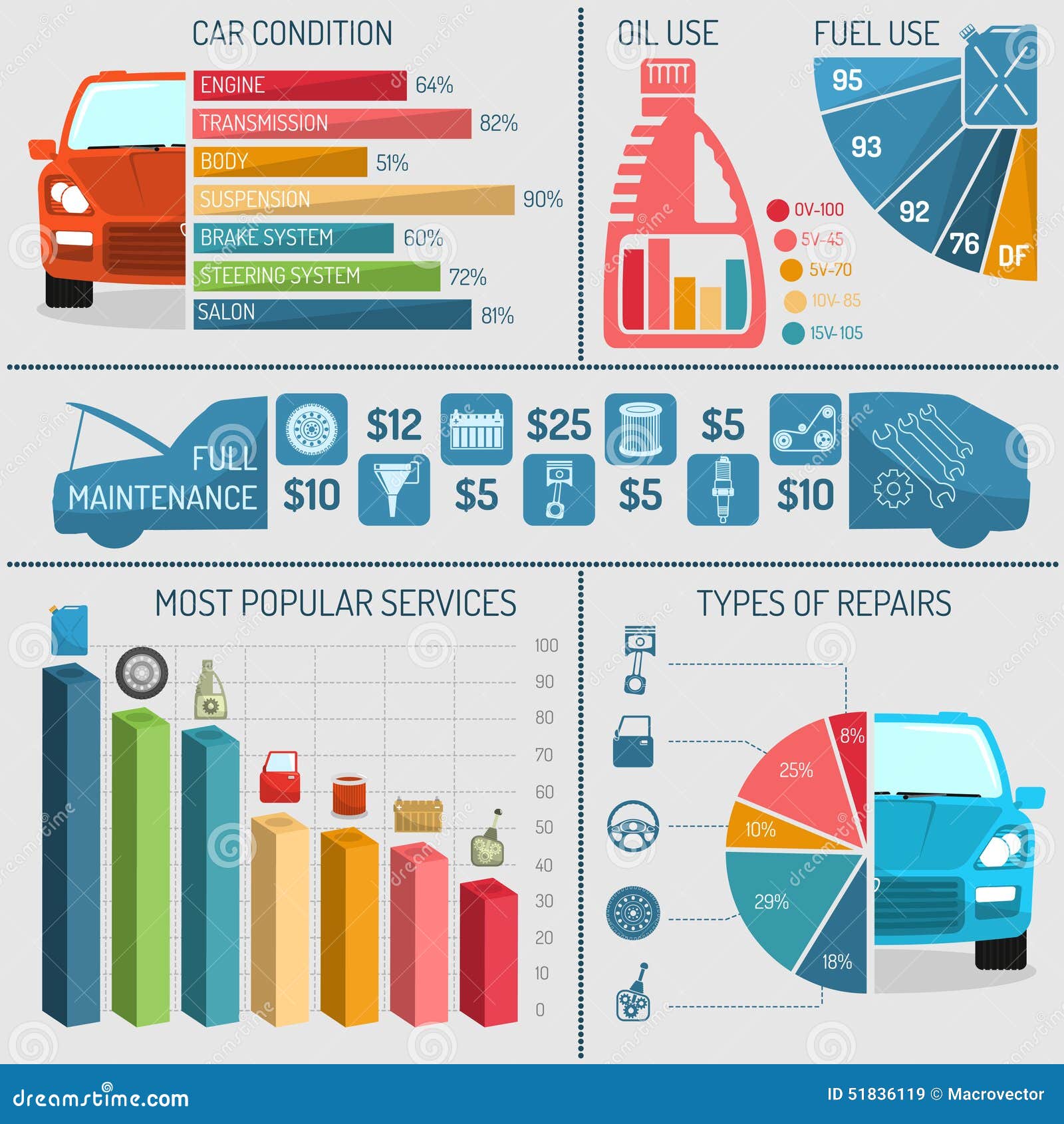Open Up The Hood To Uncover Common Brake System Problems And Their Repairs, But What About Squishy Brake Pedals? Learn The Service Ahead! Find Out More Listed Below
Open Up The Hood To Uncover Common Brake System Problems And Their Repairs, But What About Squishy Brake Pedals? Learn The Service Ahead! Find Out More Listed Below
Blog Article
Article By-Jansen Birch
When it pertains to your car's brake system, understanding usual problems can save you from potential security dangers. From determining brake pad wear to attending to brake fluid leaks, recognizing exactly how to take on these troubles is important. Yet what about those mushy brake pedals? There's a solution for that as well. Stay tuned for more information concerning these concerns and the useful services that can keep you securely when driving.
Brake Pad Wear and Replacement
When it comes to keeping your lorry's brake system, one vital element to keep an eye on is the wear and replacement of brake pads. Brake pads are necessary components that push versus the brake rotors to reduce or quit your vehicle. Gradually, these pads wear down as a result of friction, requiring regular inspection and replacement to ensure your brakes work successfully.
To identify if your brake pads require replacement, listen for shrieking or grinding noises when you use the brakes. Furthermore, if your lorry takes longer to stop or you discover vibrations or pulsations when braking, it might be time to replace the brake pads.
Neglecting used brake pads can lead to lowered braking performance, damages to various other brake elements, or perhaps brake failing.
Changing brake pads is a reasonably straightforward process for numerous vehicles. However, if you're unsure or uneasy executing this job, it's ideal to speak with a specialist auto mechanic to ensure appropriate installment and ideal brake performance.
Routinely checking and changing brake pads is essential for your security and the durability of your vehicle's stopping system.
Brake Liquid Leaks and Maintenance
To guarantee your vehicle's brake system operates optimally, it's important to also take note of brake fluid leakages and maintenance. Brake fluid is vital for transferring the force from your foot on the brake pedal to the real braking system. One typical issue with brake liquid is leaks, which can take place because of tatty brake lines, seals, or links. If you discover a puddle or leaks under your car, it's important to deal with the leakage without delay to prevent a potential brake failure.
On a regular basis examining your brake liquid level is key to keeping your brake system. Reduced https://www.wfla.com/automotive/spend-less-at-the-pump-with-these-fuel-saving-tips/ can bring about air going into the brake lines, which jeopardizes braking performance.
Furthermore, old or polluted brake liquid can impact the overall efficiency of your brakes. It's recommended to comply with the maker's guidelines on when to alter the brake liquid, commonly every 2 years.
Spongy Brake Pedal: Bleeding Brakes
If you've ever experienced a mushy brake pedal while driving, you understand the importance of preserving a company and receptive braking system. One usual reason for a squishy brake pedal is air entraped in the brake lines. When air gets in the brake system, it can lead to a loss of hydraulic pressure, resulting in that unsettling squishy sensation when you push the brake pedal.
To settle this issue, hemorrhaging the brakes is needed. Hemorrhaging https://brakesnearme16284.dsiblogger.com/62113372/enter-the-domain-of-car-maintenance-with-a-trusted-technician-at-your-side-uncover-the-value-of-their-know-how-for-your-auto-s-overall-health entails removing the air from the brake lines to bring back appropriate hydraulic stress.
To bleed the brakes, you'll need an assistant to aid you. Beginning by finding the brake bleeder valve on each wheel, commonly located near the brake caliper. With a wrench, loosen up the shutoff and have your assistant press the brake pedal while you observe any air bubbles appearing. Repeat this procedure for each wheel, starting from the wheel farthest from the master cylinder and relocating better.
When you no longer see air bubbles and only clear fluid emerges, tighten up the valve and top up the brake liquid reservoir as required. Hemorrhaging the brakes aids ensure a company brake pedal and improves overall braking efficiency.
mouse click the next document
Since you comprehend usual brake problems and exactly how to repair them, you can ensure your automobile's safety and efficiency. Keep in mind to listen for warning signs like screeching sounds or mushy brake pedals, and address them without delay. https://ecuremapping73959.nizarblog.com/29436166/the-outlook-for-vehicle-mechanics-arising-trends-affecting-the-industry and timely substitutes are key to keeping your brakes in top condition. Remain positive and conscientious to your brake system to enjoy safe and reliable driving experiences.
